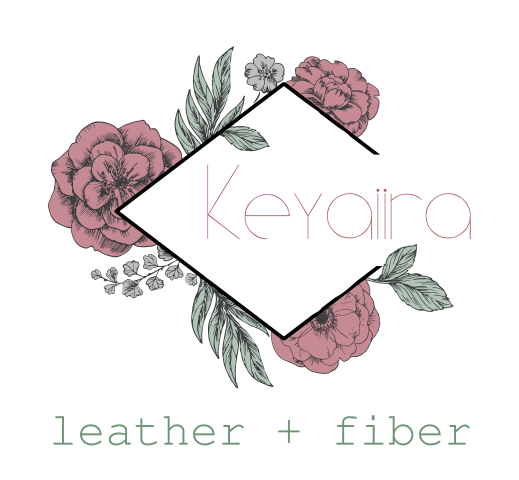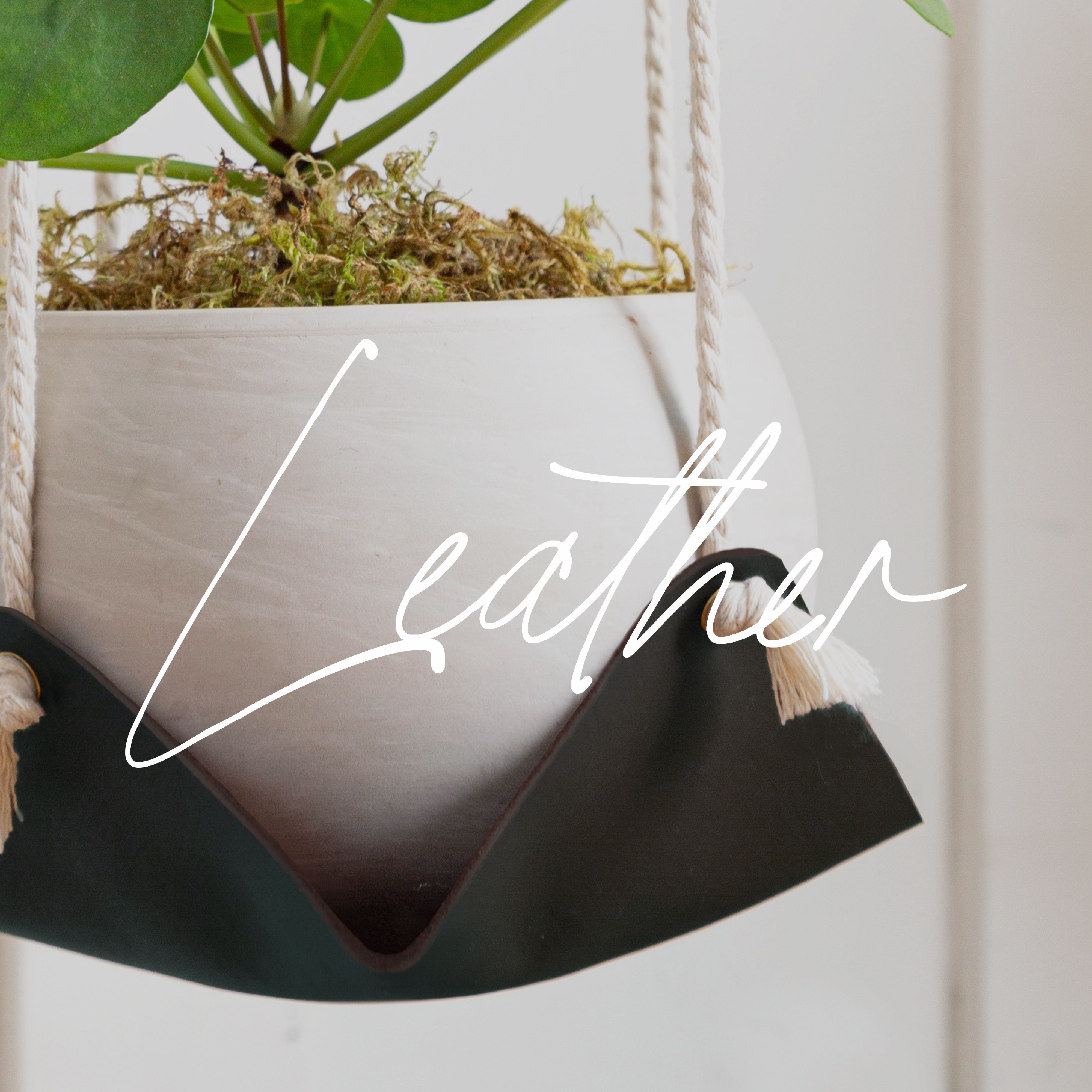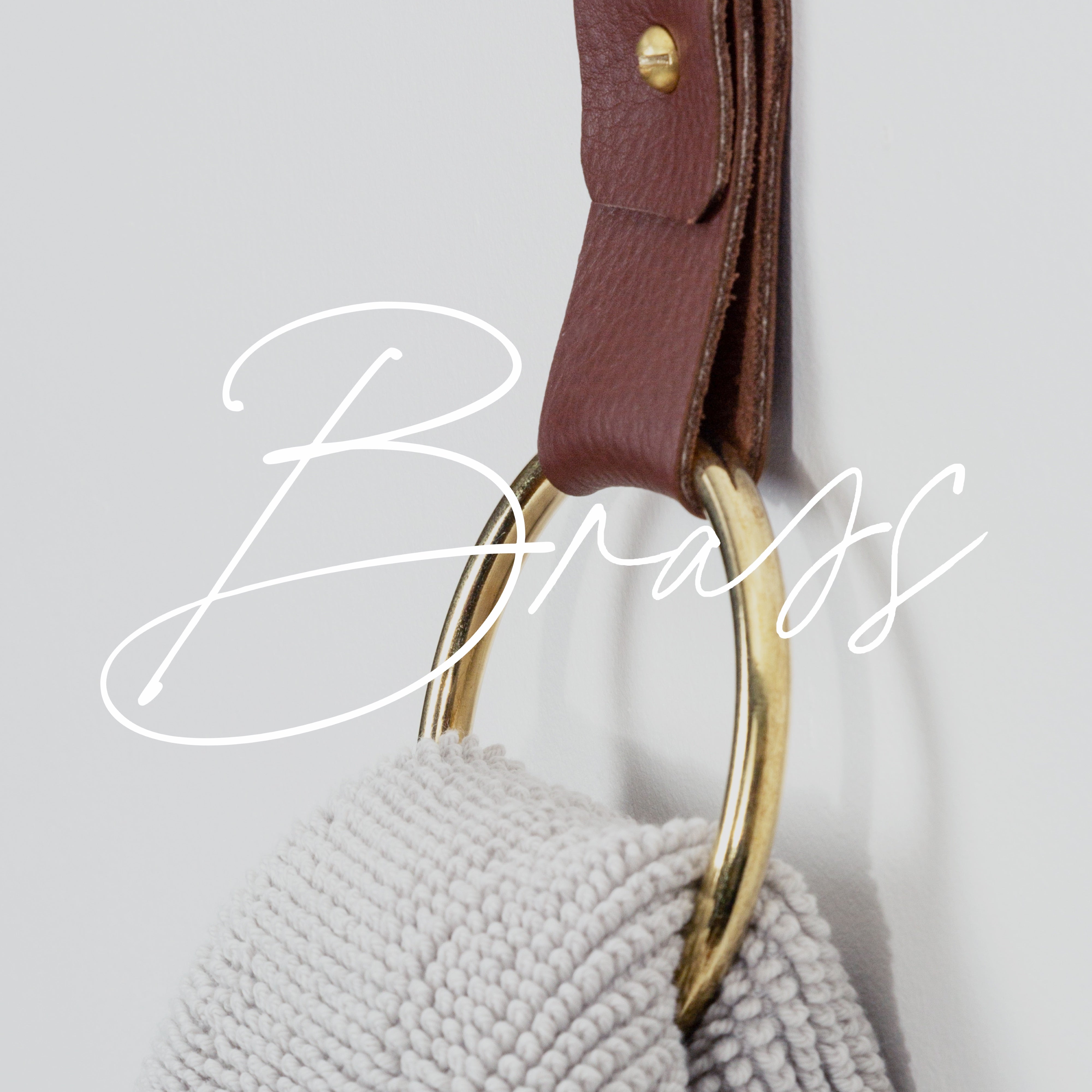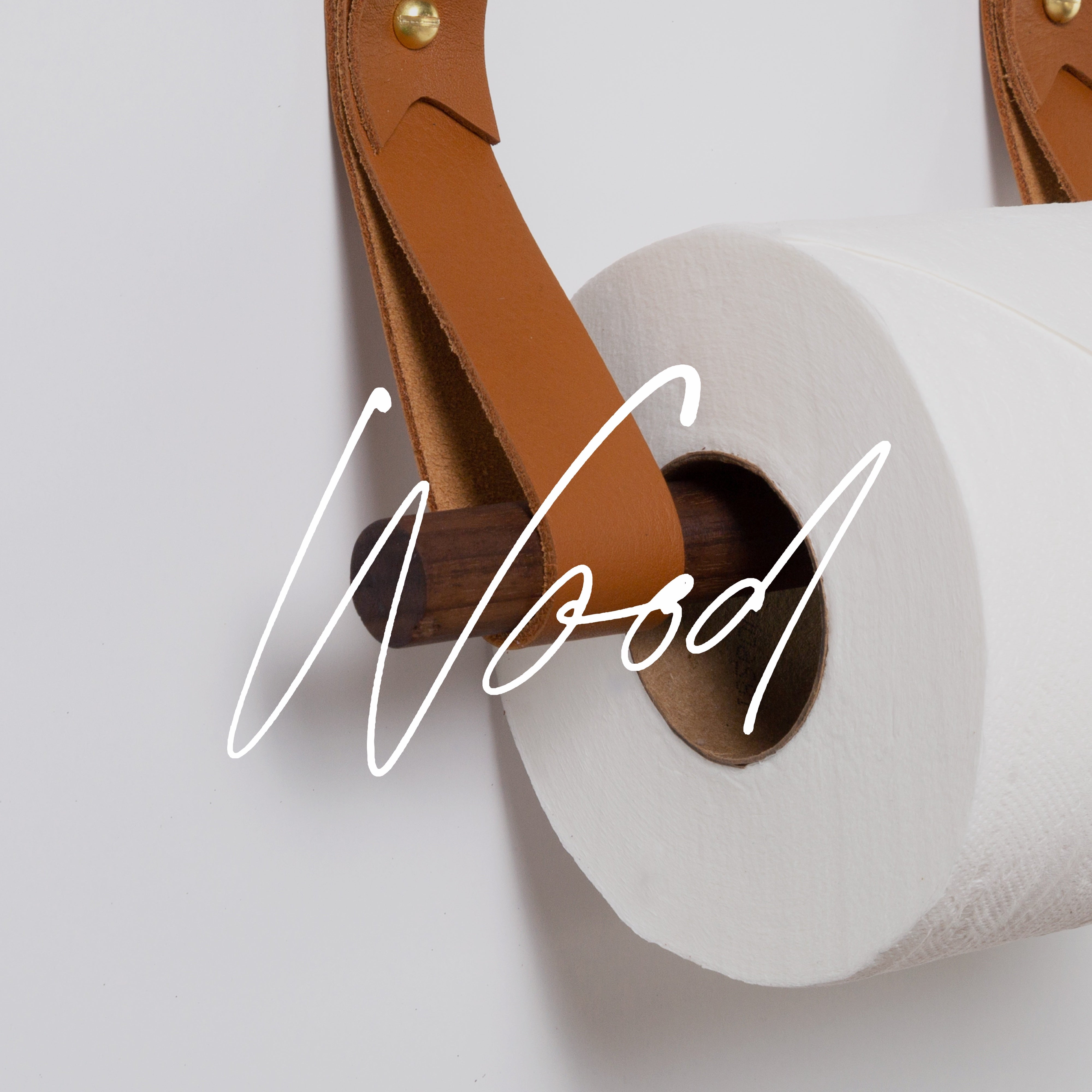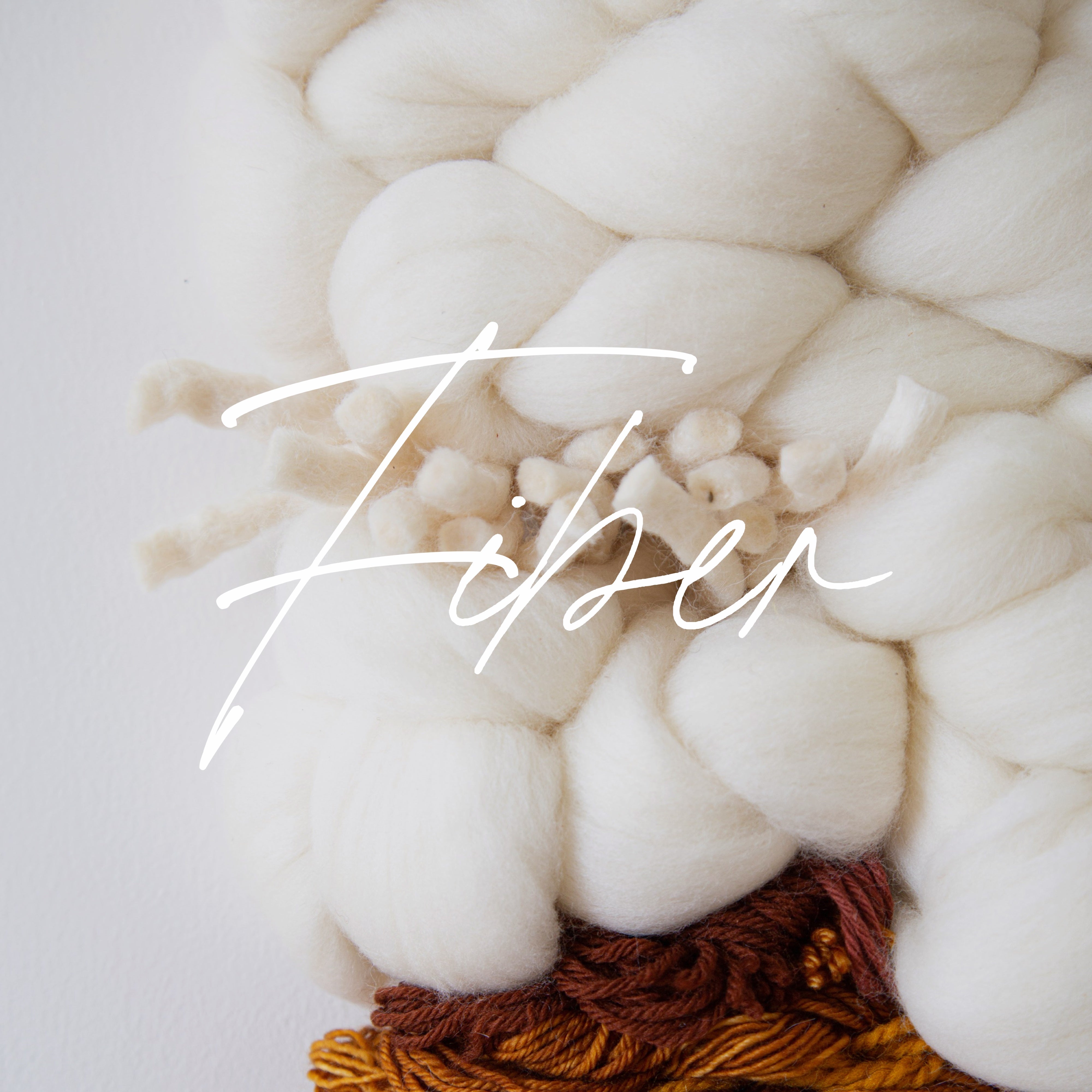How to care for your purchase
Leather
Leather is a remarkably durable & strong material however you should still avoid getting leather wet or washing it.
Veg-Tan Leather
Stains on vegetable tanned leather may look harsh at first. Since this leather will patina with time, just letting the leather absorb the stain is usually the best option—although it may take weeks or even months.
If your stain doesn't absorb or you would like to darken the leather apply a thin, even layer of neatsfoot oil. For more extreme darkening use one or a combination of sun exposure and neatsfoot oil.
All Other Leather Colors
Wipe with leather cleaner or a lightly damp & soapy cloth. Then dry with a clean cloth.
After cleaning use a leather conditioner to restore moisture. Gently rub the leather conditioner into your leather with a circular motion using a soft brush, sponge, or microfiber cloth.
Brass
Clean gently with a damp microfiber cloth & apply a mixture of warm soapy water. Avoid abrasive scrubbing as this will scratch the surface of the brass. Then dry & polish with a clean microfiber cloth.
Regular cleaning will prevent tarnishing. After cleaning, you may also apply a thin coat of linseed oil or mineral oil with a microfiber cloth to slow the tarnishing process.
Wood
Walnut
Your authentic walnut wood has a natural oiled finish, free of chemicals & dyes. With use and over time, it may lose its luster.
To revive it, wipe with walnut oil & allow it to dry.
*Food grade walnut oil is acceptable
Birch
Since we like to leave things as natural as possible and free of chemicals & dyes, our birch wood is unsealed.
Unsealed wood may absorb stains quickly so it is best to act fast if your wood gets a colorful stain by absorbing it with a cloth. Washing can be extremely damaging to unfinished wood. Let the wood dry completely before sanding.
Sanding with a combination of first 100 grit and then 220 grit sandpaper will typically remove surface stains and restore the look and feel. Ensure that you sand with the grain of the wood and never against it.
Fiber
Woven Works
Handle with care & avoid rough objects that may snag the fibers. In addition, avoid excessive moisture.
To clean dust gently, shake your artwork a & or blow out using the blower setting on your vacuum cleaner or canned air. For larger particles ever so gently pluck off with your fingers or tweezers being careful not to catch the fibers.
We use all-natural fibers in our designs including real wool so regular cleaning is important to keep your artwork clean & free of moths. If moths are detected, you should immediately contact your local cleaning a & restoration specialist.
Pot Holders
For best results hand wash & lay flat to dry. Your item can be machine washed & dried but will cause pilling.
Remove your leather loop prior to washing.
Due to natural dyes used it is best to keep your pot holders out of direct sunlight as fading may occur.
Sponges
To brake in your sponge, gently scrub with hot water & dish soap for about 1-2 minutes before starting to use. During the initial break-in phase it's common for some fibers to shed, this is a normal part of the process & will dissipate over time. After several uses, the sponge will shrink to approximately the size of a standard dish sponge.
To clean, rinse with dishwashing soap & warm water after each use. For a deeper clean you can pop them in the dishwashing machine on the top rack, please note this can shorten the lifespan of your sponge. DO NOT put them in a laundry machine, the agitation may cause them to warp.
